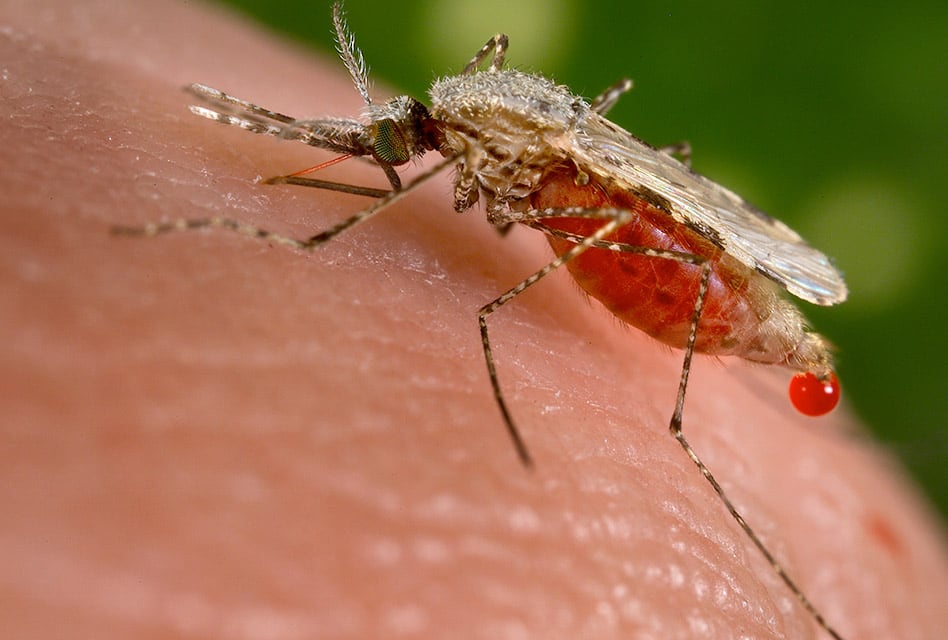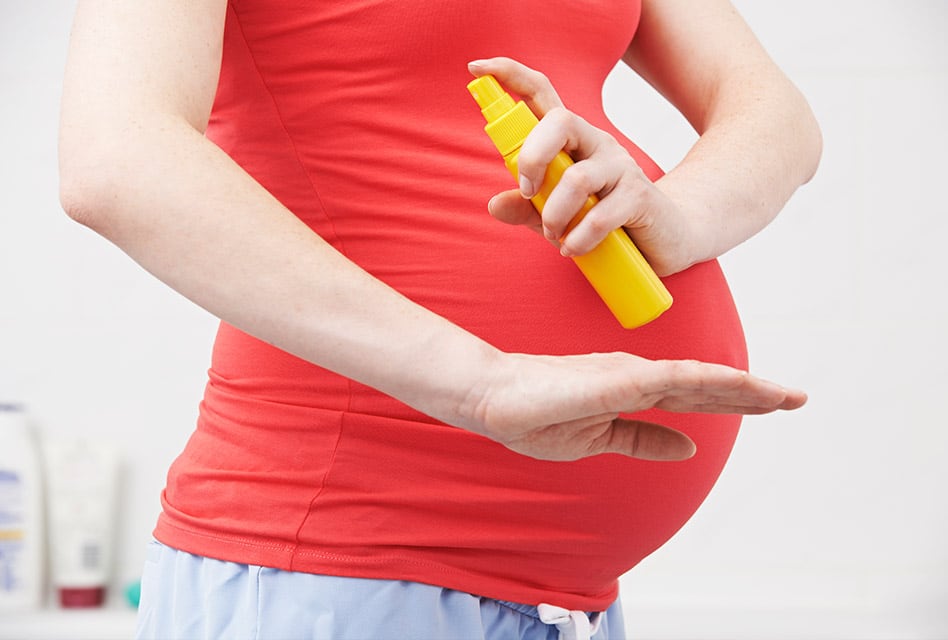Are Mosquitoes More Attracted to Men or to Women?
Find nearby providers to get rid of mosquitoes today
The female mosquito locates a body of water. This is a crucial point in a mosquito’s life cycle since water is needed for it to be completed. She hovers above the water, crossing her hind legs before lowering her abdomen so that her eggs can be excreted and stacked upon one another. After fifteen minutes, there are over 200 eggs floating along the water in the shape of a miniature boat and the birthing process is complete. Within two days, the mother’s larvae emerge from their eggs in virtual unison, skimming the same water where they were birthed in search of food as they slowly mature into adults.
In the span of a second, one of these same adult mosquitoes can draw its next meal from a vast number of hosts including, but not limited to, the warm-blooded mammal known as the human being. If it gets this opportunity, it may very well leave the person with a number of diseases, such as West Nile Virus, that can be fatal.
Being that female mosquitoes are the gender known for feeding off of animals for egg production, it has been assumed that the human female is their main target. Additionally, it has been a popular belief that a woman’s estrogen levels make her more susceptible to mosquito bites than a man. However, this theory has yet to be scientifically proven.
With this in mind, the question remains: are mosquitoes more attracted to men or women?
Physical Attraction
Mosquitoes have the ability to detect a human’s presence from as far as thirty to fifty meters away. Characteristics that typically draw them towards a person are body movement, as well as body heat. As a result, the larger a host is in size, the more heat their body will generate and the more likely the mosquito will be attracted to draw blood from them. Seeing as how the average male is generally larger than the average female—in height and weight—this makes him an easier target for the female mosquito searching for a host.
The Sweet Scent of Carbon Dioxide
Mosquitoes are naturally attracted to carbon dioxide, a greenhouse gas which occurs naturally in all humans, be it man, woman, or child, and is given off through the act of exhaling. However, larger people have a tendency to emit more carbon dioxide, the reason mosquitoes prefer feeding off adults versus children.
Female versus Female
Speaking of children, a woman carrying a child is shown to have an increased risk of attracting mosquitoes, as expectant mothers are shown to release excessive amounts of carbon dioxide, along with higher levels of body temperature, during pregnancy in comparison to their non-pregnant counterparts.
Conclusion
Ultimately, it is evident that the female mosquito shows a greater attraction to men versus women. However, she is also known to show a stronger magnetism to pregnant women over non-pregnant women and anyone shown to give off large amounts of carbon dioxide and high levels of body heat. But, regardless of one’s gender or body mass, there are several steps anyone can implement into their daily routine in order to lessen the chance of being bitten by a mosquito in the first place:
- Spray insect repellent on exposed skin before going outside. Typically, the best repellent to use is one registered by the EPA, or Environmental Protection Agency.
- When outdoors, be sure to wear long-sleeves, pants, as well as darker colored clothing.
- Keep track of peak mosquito times, which can range anywhere from early morning to late evening hours.
- Be sure to drain any standing water near one’s house. As mentioned earlier, water is one of the most essential elements needed in the average mosquito’s life cycle. Examples of standing water include any stray containers, as well as swimming pool water.
- A large quantity of dead birds in one’s immediate area is a clear indicator that mosquitoes carrying life-threatening diseases are nearby.

